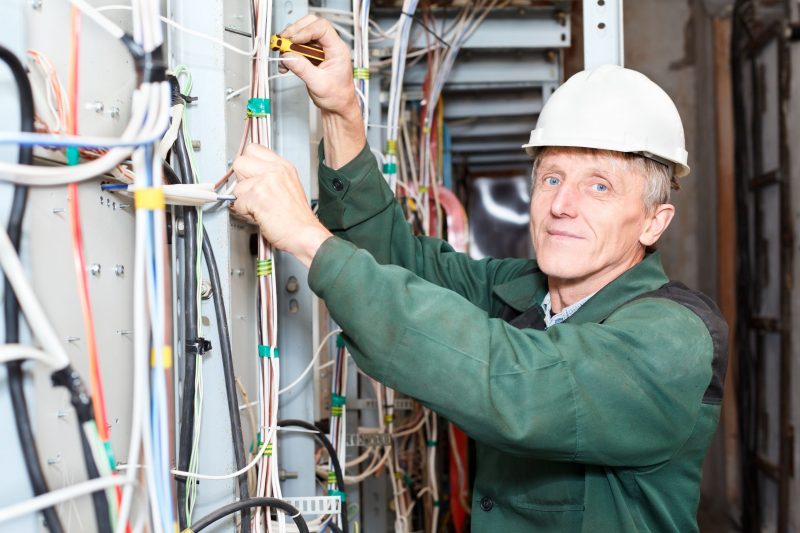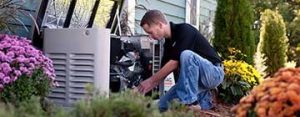Outdoor lighting is largely considered a safety and security feature for both residential and commercial properties. However, not all lighting has to be limited to just providing security and safety.
Today, flood lights are also used to highly specific aspects of landscaping on any type of property. In this way, they also are used as an aesthetic design option, adding drama, drawing the eye or creating unique looks to outdoor living spaces.
Uplighting
Uplighting is the buzzword used for flood lights that are focused upwards from the ground or near ground level. In this form they can be used as a spotlight, highlighting specific features and drawing attention. As the light is pointing up there is a limited light distribution on the ground, so this is often paired with wall packs or other types of downward lighting on walkways and along the sides of buildings or fences.
Shadowing places the upward facing spotlight in front of a larger object, typically a tree or sculpture that is against a wall. The light shines through and around the object to create a shadow on the surface.
Silhouetting is a variation on this where the light is behind the object and is pointing directly light at the wall. As the observer walks in front of the object, it appears to be in silhouette, creating a very clear and aesthetically pleasing look that is different than seen with shadowing.
Down Lighting
It is possible to create the effect of pools of moonlight by installing flood lights pointed down over large trees or features. Often the lights are installed in the upper levels of the tree to create the effect.
This is a great option to create a more diffuse light that still provides visibility. A bench area or a curve or corner in outdoor pathways is an ideal spot to use this lighting technique.

